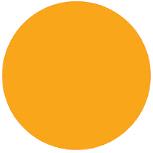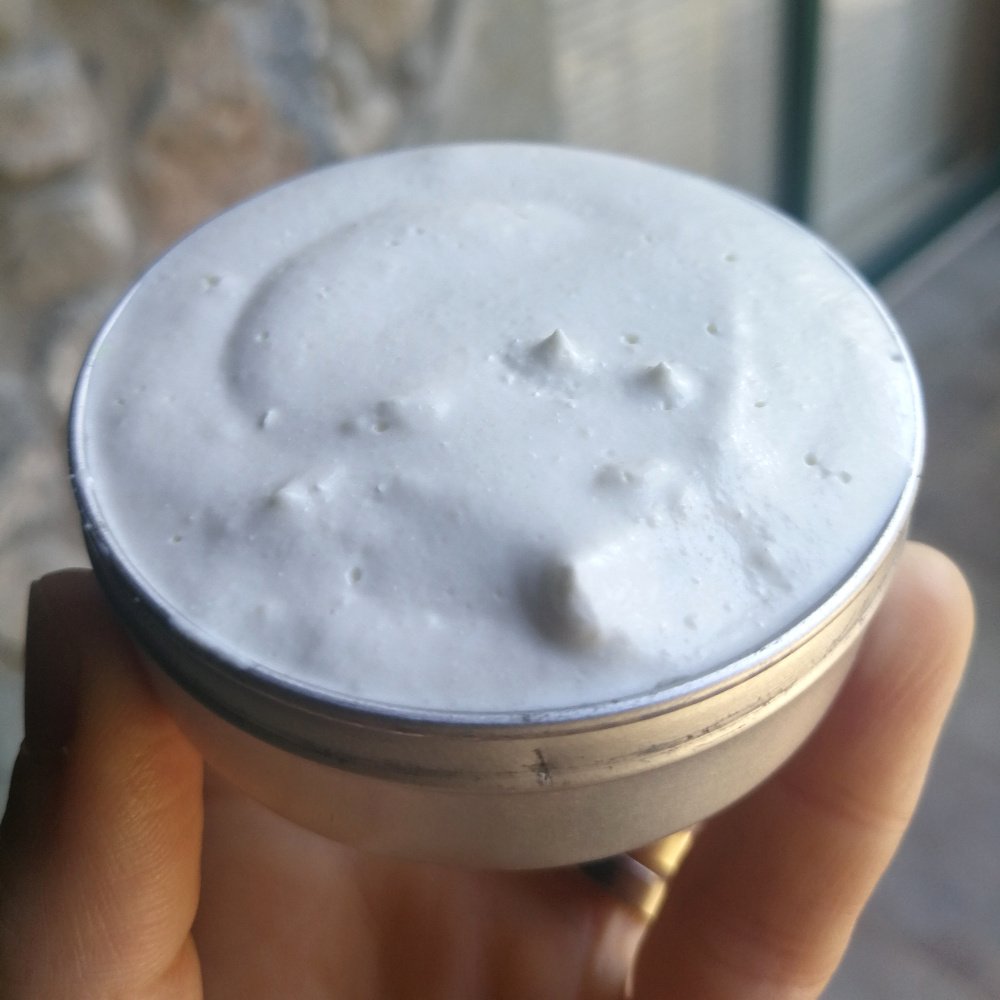Homemade Sunscreen: Is It Actually Safe to Use?
The following article may contain affiliate links. This means that if you make a purchase from these links, I may receive affiliate commission at no additional cost to you. I only recommend items that I believe are truly sustainable.
You’re probably here because you’re thinking about making your own natural homemade sunscreen because you want to try to be more sustainable in your everyday life.
Before you head off to buy the ingredients, let me tell you what we learnt about how safe it is to make your own, from our own experience.
I’ve also included a list of sustainable sunscreens to buy that are made by professionals further down this page. They are all zero waste, vegan, reef safe and cruelty free.
But first let me tell you how we got on with making our own.
Photo by Onela Ymeri on Unsplash
Why Did We Make Our Own Homemade Sunscreen?
We first decided to make our own in the summer of 2020 because everything seemed to come in plastic or wasn’t vegan and reef safe. So we wanted to make our own natural, vegan, reef safe version.
We did our research, just like you are probably doing right now. We found various recipes, compared them and decided on the best approach for us and our bodies. We spent time finding all the ingredients we needed and when it finally arrived, got started on making.
How Did It Go?
This was version one.
The first time we tried our sun cream we loved it! It was so smooth and silky to put on and it felt so good to have made our own.
I’m not sure we really took note of how well it worked though. In hindsight, we didn’t try it at the hottest time of the year which is when we need it most, we probably tried it the first time in mid September when it wasn’t too hot.
The second time we tried it, we were burnt. We’d spent the day at the beach and applied every couple of hours but we were still burnt when we got back. We weren’t discouraged though, we put it down to the fact that we had got in the water and maybe it wasn’t as waterproof as we’d hoped.
What Changes Did We Make?
We tried a couple of different recipes and tried differing amounts of the ingredients to try and get DIY sun cream to work better. Unfortunately it didn’t work. The scenario of us loving how the sunscreen felt to put on but then burning our bodies at the beach continued for two years. I’m telling you, we didn’t give up easy!
In 2022 we were the most burnt we’d ever been! This is no joke and please don’t take this lightly. Even though our sun cream was meant to be waterproof, it ended up not being. We applied it every couple of hours whilst we were at the beach, even stayed in the shade most of the time and still managed to burn our skin like no other year in the sun. It was the last straw and I feel that it’s really important to share this so that you don’t risk your health for zero waste reasons.
Moving Forward
We have decided to leave making sun blocker to the professionals and I urge you to do the same. It is an area that I now feel strongly about as burning can lead to various health problems as you know.
From now on, we will be supporting companies that make them for a living and know what they’re doing to make sure that we are protected. Since our sun journey began it seems that there are now more options in Cyprus that are vegan, reef safe and zero waste. I’m sharing what I have personally found below in the hope that you will also consider one of these options. This is not an ad for any of these, they are just the results from my own research.
Vegan, Reef Safe Sunscreen Options
Utu Outdoor Skincare - U.S.
A broad spectrum SPF30 sunscreen that is vegan, cruelty free, reef safe and comes in recyclable plastic free tube.
Kinfield Daily Dew - U.S.
Named ‘The Best Sunscreen’ of 2023 by SELF magazine! A heavenly combination of a moisturiser and sun protector which is also sweat and water resistant for up to 80 mins. Comes in a recyclable post consumer waste plastic tube.
Sol De Ibiza - Europe
This is the best option I found and it covers all bases. It is vegan, natural and uses non-nano zinc oxide to make sure it is reef safe. It is water resistant and comes in a reusable tin which I love or cardboard packaging making it zero waste too.
Sunbutter Sunscreen - Australia
SPF50, zero waste, vegan, cruelty free mineral sun cream that is also water resistant for around 2 hours and palm oil free. Made in Australia in a solar-powered factory.
What We Have Learnt
Zero waste is not worth risking your health for. Please be careful if you still choose to make your own sun protector otherwise choose to support a company who is doing good by using reef safe, vegan ingredients and is packaging in something reusable or recyclable.
We understand that these options are pricier than the norm so if they’re out of your budget you can also find reef safe options that come in plastic that are cheaper. All we can do is our best. Find what is important to you and support that option.
If you have found other sunscreen options that fit the list above let me know in the comments.
Stay safe.







